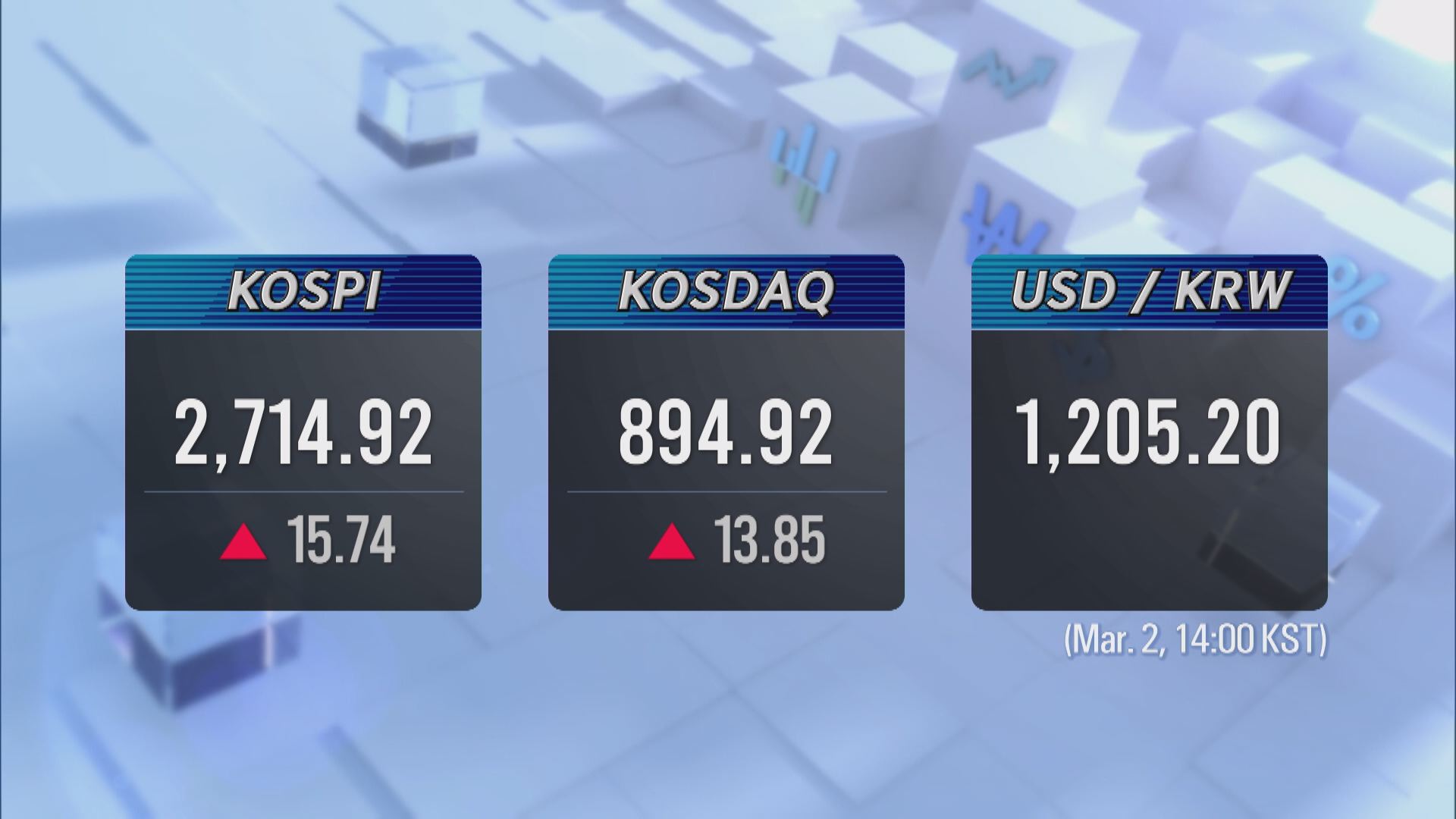REED TRIMMING BECOMES NEW INCOME SOURCE
입력 2022.03.02 (15:31)
수정 2022.03.02 (16:45)
읽어주기 기능은 크롬기반의
브라우저에서만 사용하실 수 있습니다.
[Anchor Lead]
Workers in the Suncheonman Bay wetlands are toiling hard these days, trimming reeds. This major operation helps manage the bay area landscape. But it's also an income source for locals during the farming off-season.
[Pkg]
A vast marsh of tall reeds that billow in the wind. This is the best time of the year to chop off the reeds when the tidal range is the smallest. The old plants need to be removed so the new sprouts can shoot up well in the spring. It's the 16th year local residents have been cutting reeds. They welcome the extra work coming during the farming off-season. But they are happier to take part in preserving the beautiful reed field.
[Soundbite] Han Do-soo(Suncheon Resident) : "The work is hard but rewarding because tourists love and enjoy the reeds."
Around 130-thousand square meters of the 5.4 million square meter field are trimmed every year. The cutting is all done by hand to minimize any impact on the ecosystem.
[Soundbite] Lee Jin-suk(Suncheonman Bay Preservation Team) : "Machine noise can affect the habitat so we do it by hand."
Some 180 tons of cut reeds are recycled and used in making roofs and fences. At Gwangalli Beach in Busan, they are used as to make parasols. The golden wave of reeds at Suncheonman Bay is a precious tourist attraction and natural resource. They also absorb greenhouse gases and purify the air. The field also gives locals precious employment and income.
Workers in the Suncheonman Bay wetlands are toiling hard these days, trimming reeds. This major operation helps manage the bay area landscape. But it's also an income source for locals during the farming off-season.
[Pkg]
A vast marsh of tall reeds that billow in the wind. This is the best time of the year to chop off the reeds when the tidal range is the smallest. The old plants need to be removed so the new sprouts can shoot up well in the spring. It's the 16th year local residents have been cutting reeds. They welcome the extra work coming during the farming off-season. But they are happier to take part in preserving the beautiful reed field.
[Soundbite] Han Do-soo(Suncheon Resident) : "The work is hard but rewarding because tourists love and enjoy the reeds."
Around 130-thousand square meters of the 5.4 million square meter field are trimmed every year. The cutting is all done by hand to minimize any impact on the ecosystem.
[Soundbite] Lee Jin-suk(Suncheonman Bay Preservation Team) : "Machine noise can affect the habitat so we do it by hand."
Some 180 tons of cut reeds are recycled and used in making roofs and fences. At Gwangalli Beach in Busan, they are used as to make parasols. The golden wave of reeds at Suncheonman Bay is a precious tourist attraction and natural resource. They also absorb greenhouse gases and purify the air. The field also gives locals precious employment and income.
■ 제보하기
▷ 카카오톡 : 'KBS제보' 검색, 채널 추가
▷ 전화 : 02-781-1234, 4444
▷ 이메일 : kbs1234@kbs.co.kr
▷ 유튜브, 네이버, 카카오에서도 KBS뉴스를 구독해주세요!
- REED TRIMMING BECOMES NEW INCOME SOURCE
-
- 입력 2022-03-02 15:31:11
- 수정2022-03-02 16:45:20

[Anchor Lead]
Workers in the Suncheonman Bay wetlands are toiling hard these days, trimming reeds. This major operation helps manage the bay area landscape. But it's also an income source for locals during the farming off-season.
[Pkg]
A vast marsh of tall reeds that billow in the wind. This is the best time of the year to chop off the reeds when the tidal range is the smallest. The old plants need to be removed so the new sprouts can shoot up well in the spring. It's the 16th year local residents have been cutting reeds. They welcome the extra work coming during the farming off-season. But they are happier to take part in preserving the beautiful reed field.
[Soundbite] Han Do-soo(Suncheon Resident) : "The work is hard but rewarding because tourists love and enjoy the reeds."
Around 130-thousand square meters of the 5.4 million square meter field are trimmed every year. The cutting is all done by hand to minimize any impact on the ecosystem.
[Soundbite] Lee Jin-suk(Suncheonman Bay Preservation Team) : "Machine noise can affect the habitat so we do it by hand."
Some 180 tons of cut reeds are recycled and used in making roofs and fences. At Gwangalli Beach in Busan, they are used as to make parasols. The golden wave of reeds at Suncheonman Bay is a precious tourist attraction and natural resource. They also absorb greenhouse gases and purify the air. The field also gives locals precious employment and income.
Workers in the Suncheonman Bay wetlands are toiling hard these days, trimming reeds. This major operation helps manage the bay area landscape. But it's also an income source for locals during the farming off-season.
[Pkg]
A vast marsh of tall reeds that billow in the wind. This is the best time of the year to chop off the reeds when the tidal range is the smallest. The old plants need to be removed so the new sprouts can shoot up well in the spring. It's the 16th year local residents have been cutting reeds. They welcome the extra work coming during the farming off-season. But they are happier to take part in preserving the beautiful reed field.
[Soundbite] Han Do-soo(Suncheon Resident) : "The work is hard but rewarding because tourists love and enjoy the reeds."
Around 130-thousand square meters of the 5.4 million square meter field are trimmed every year. The cutting is all done by hand to minimize any impact on the ecosystem.
[Soundbite] Lee Jin-suk(Suncheonman Bay Preservation Team) : "Machine noise can affect the habitat so we do it by hand."
Some 180 tons of cut reeds are recycled and used in making roofs and fences. At Gwangalli Beach in Busan, they are used as to make parasols. The golden wave of reeds at Suncheonman Bay is a precious tourist attraction and natural resource. They also absorb greenhouse gases and purify the air. The field also gives locals precious employment and income.
이 기사가 좋으셨다면
-
좋아요
0
-
응원해요
0
-
후속 원해요
0












![[영상] 정진우 서울중앙지검장 첫 출근…<br>“신뢰받는 검찰 되도록 노력”](/data/fckeditor/vod/2025/07/04/305901751621912095.png)




이 기사에 대한 의견을 남겨주세요.